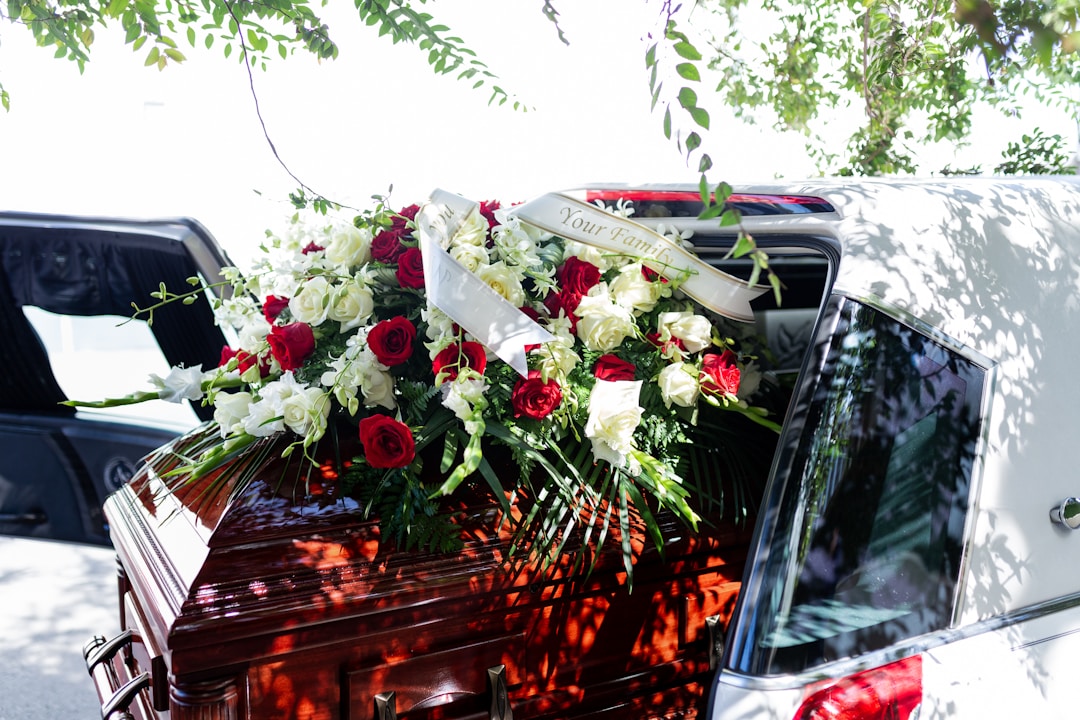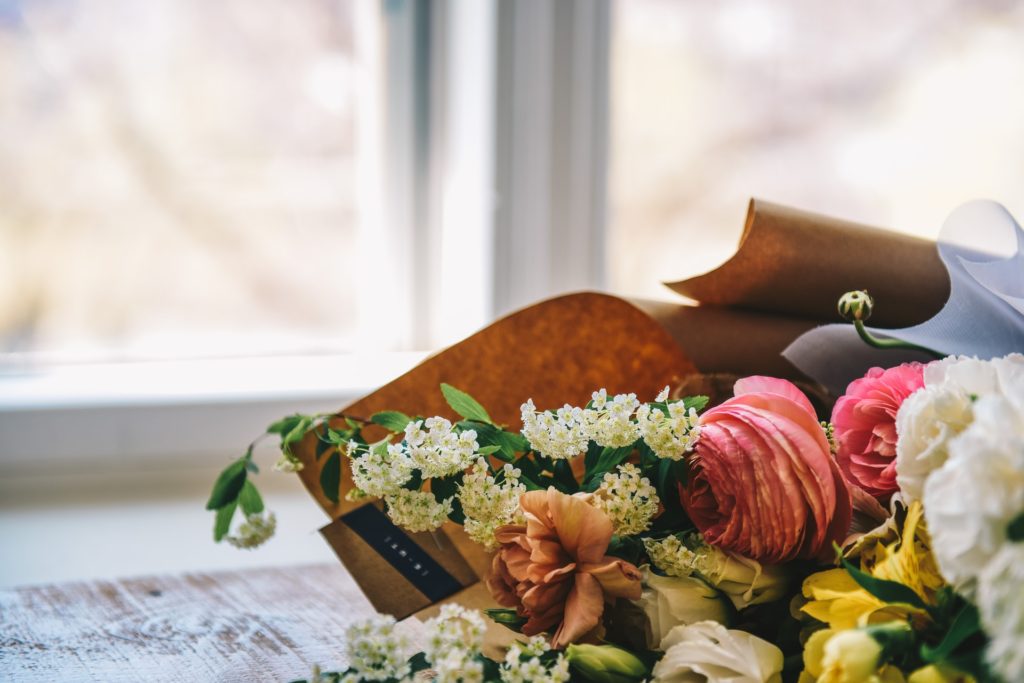The time following a loved one’s passing is an emotional one, and the funeral planning process can be harder still. When planning the funeral, the decisions can seem endless: whether to have a memorial service, a traditional funeral, or a celebration of life ceremony is just one of them. Other tough decisions involve whether to have a cremation or a traditional burial, where to hold the funeral, and which funeral home to work with, to mention a few. While there’s a lot to consider, your funeral director can help you make some of these decisions. The following checklist can also act as a guide to help you.
1. Select the venue.

Funerals and places of worship are some of the most common places to hold a funeral service. Some hotels and restaurants also offer some of their rooms at affordable rates, and these can help you stay within budget. If your loved one had expressed any wishes on a venue that they would have liked, keep these in mind when selecting a venue. If they hadn’t expressed any wishes, try and find a venue that feels true to who they were.
2. Decide on the type of final disposition.

There are two types of burials: traditional burial and direct burial. In a direct burial, the body is not embalmed, and it takes place shortly after your loved one’s passing. There is no viewing of the body, although a memorial service at the gravesite can be held at a later date. A traditional burial will involve embalming, a funeral service, a traditional casket, a burial plot, and a headstone or grave marker of some kind. Depending on your budget and preferences, traditional burial is typically the most expensive type of final disposition.
The cremation process involves using strong heat to reduce a body to fragments, also known as ashes. Family members can then decide what to do with their loved one’s cremated remains. Options include burying the remains in an urn or cremation casket, placing the remains in a columbarium, or keeping the remains at home. If you opt to have a direct cremation, the crematory can help collect the body from the morgue and then perform the cremation. Alternatively, if the funeral home operates its own crematorium, it can offer cremation services on its premises.
Until recently, having a burial was the most common choice for a final disposition. However, cremation has surpassed burials to become the most preferred type of body disposition due to the low cost of cremation. According to the National Funeral Directors Association, the average cost of a burial in 2019 was $9,135 without accounting for the cemetery, headstone, and other miscellaneous cash charges such as for flowers or an obituary.
The average cremation cost, by contrast, typically comes to a third of these amounts or less, and in an unstable economy like the current one, cost matters.¬†Ultimately, the decision between a cremation and a burial is a personal one. Whether you’re considering the options for yourself ahead of time or making funeral arrangements for a loved one, how you feel should be the definitive factor.
3. Contact funeral providers in your area.

After you’ve selected the type of disposition, the next step is to research your funeral service provider options. Most funeral service providers have a general price list on their websites, making it easy for you to select an affordable option. What’s more, the Federal Trade Commission requires funeral providers to supply their customers with accurate cremation prices and funeral cost information regardless of whether the inquiry was made in person or over the phone.
Your cremation provider, funeral home, or cemetery can help you obtain an official death certificate, create a death notice, arrange the service you prefer, and provide information on any additional costs you might face. They can also help you find a professional photographer who will help you store raw images of photographs taken throughout the service/memorial and even recommend the best cloud storage for photos, to help you archive the day.
What’s more, if you have a loved one in need of specialized medical care, your funeral director may also be able to refer you to radiologists in Annadale, NJ, for instance.
Remember to include any cultural and religious preferences that you would like to see honored. If you opt for a traditional funeral service, for instance, you will need to have a funeral celebrant, and some funeral homes now have these on staff.
Finally, consider your payment options. There are different payment options available depending on the type of cremation or memorial service you decide to have. You can choose to pay from your savings, insurance, or seek financing through your funeral provider. You can also arrange to either pay for the services in advance, in installments, or as a lump sum, after the service.
After the death of a loved one, you will experience a range of emotions that may limit your ability to think clearly. To manage this, take care of yourself, and seek help with the funeral arrangements where you can.











